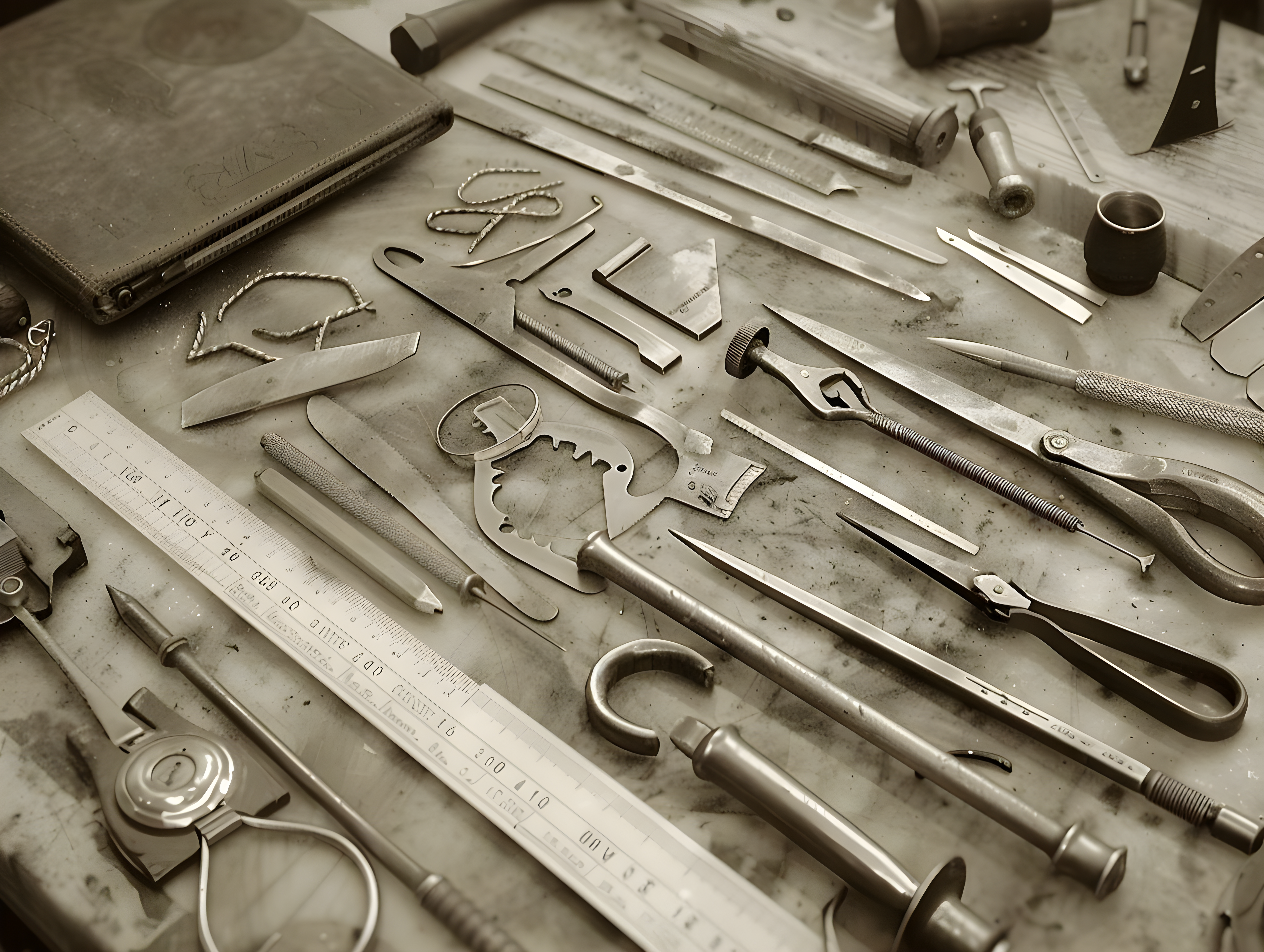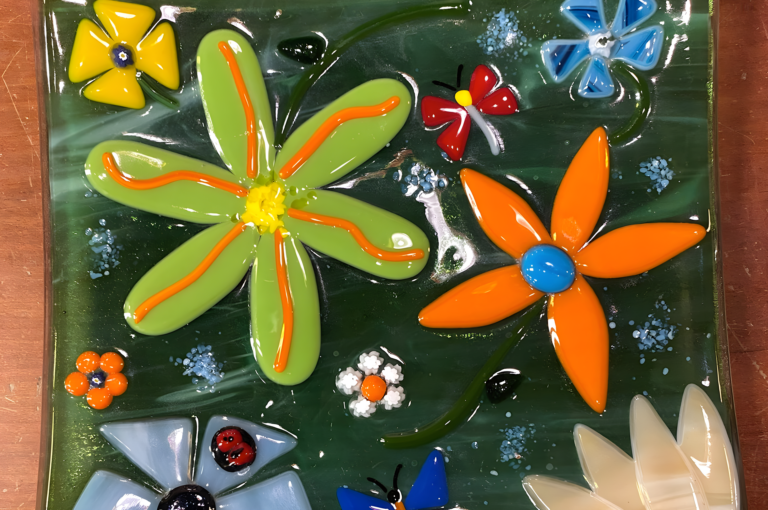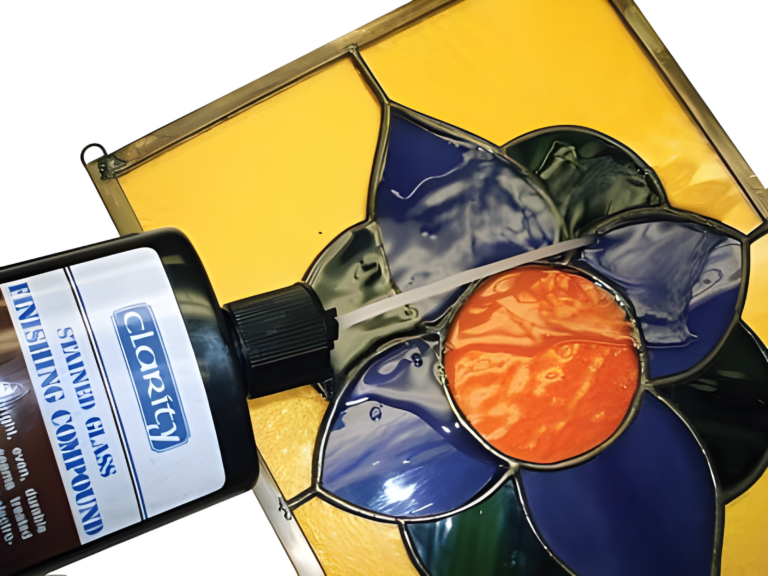Best Glass Cutting Tools Every Artist Needs
Working with glass requires patience, skill, and—most importantly—the right tools. Whether you’re shaping delicate stained glass, creating mosaics, or cutting large panels, having the right cutter can make all the difference. In this guide, we’ll explore the essential tools for glass cutting, factors to consider when choosing them, and safety tips to keep your creative process smooth and injury-free.
About Glass Cutting Tools
Glass cutting is a precise process that relies on scoring the surface rather than slicing through it. The right tool helps you make clean, controlled cuts without unnecessary breakage. From simple handheld cutters to advanced electric machines, each tool serves a unique purpose, depending on the type of project.
Glass isn’t «cut» in the traditional sense—it's scored and then snapped along the line. Using the right tool ensures that breakage happens exactly where you want it.
Handheld Glass Cutters
The most common tool for scoring glass is a handheld cutter, often equipped with a carbide or diamond tip. The Toyo Pistol Grip Glass Cutter is a popular choice among artists because of its ergonomic design, making long cutting sessions more comfortable. It allows for greater control over the scoring process, which is especially useful for intricate designs.
Other handheld options include straight barrel cutters and pencil grip cutters, each suited for different hand positions and cutting styles. These tools are affordable, easy to use, and great for beginners and professionals alike.
Glass Cutting Systems
For artists who require consistent precision, glass cutting systems like the Beetle Bits Glass Cutting System offer a structured approach. These setups include built-in rulers, guides, and specialty attachments such as circle cutters, making them ideal for repetitive or complex cuts. <blockquote>Using a cutting system can significantly reduce errors and material waste, making it a smart investment for artists working on large projects.</blockquote>
Diamond Glass Cutters
For cutting thick glass or intricate patterns, diamond glass cutters are the go-to choice. These tools use industrial-grade diamonds to create extremely fine and precise score lines, making them perfect for detailed work.
Diamond cutters are especially useful for cutting textured glass or materials that are otherwise difficult to score with traditional cutters. They can also be used for glass engraving, adding an extra level of artistry to your projects.
Glass Cutting Pliers
Scoring is just the first step—once a line is made, you need the right tool to break the glass cleanly. Glass cutting pliers, such as running pliers and grozing pliers, help separate the scored sections with minimal effort.
- Running Pliers apply gentle pressure on both sides of the score line, ensuring a smooth break.
- Grozing Pliers are useful for shaping edges and removing small unwanted pieces, which is essential for detailed stained glass work.
Using the right pliers prevents unwanted cracks and improves the overall precision of your cuts.
Glass Cutting Machines
For artists working on large-scale projects or intricate designs, electric glass cutting machines provide unmatched accuracy and efficiency. Tools like the Taurus 3 Ring Saw or band saws allow for curved and detailed cuts that would be nearly impossible with manual methods.
Electric ring saws use a continuous diamond blade, reducing chipping and allowing for more complex shapes. Meanwhile, band saws provide power and control for both straight and curved cuts.
Choosing the Right Glass Cutting Tools
Selecting the perfect glass cutting tools is a crucial step in ensuring precision, efficiency, and ease in your projects. The right choice depends on multiple factors, including the type of glass you work with, the level of detail required, and your personal comfort while using the tools. Whether you are cutting stained glass for intricate designs, shaping thick glass panels, or creating delicate mosaics, the tools you use will directly impact the quality of your work.
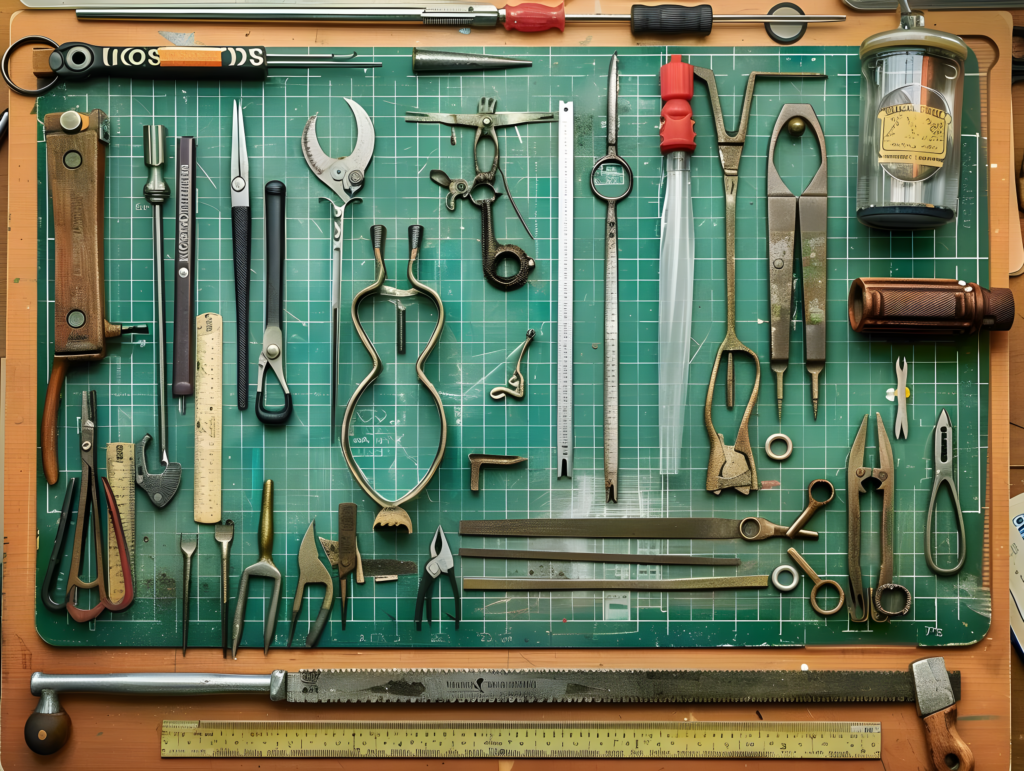
Understanding Glass Types and Their Cutting Requirements
Different types of glass have distinct properties that influence how they should be cut. Standard window glass is relatively easy to score and snap, requiring only a basic glass cutter with a carbide or steel wheel. Stained glass, on the other hand, often has uneven textures and coatings that demand a more refined touch, typically with oil-fed cutters that provide smoother, controlled scoring. Tempered glass is entirely different—it cannot be cut after manufacturing, making it essential to work with raw sheets before they undergo the tempering process.
For thicker glass, such as panels used in furniture or architectural elements, a combination of scoring tools and specialized pliers or saws may be necessary. Diamond glass cutters or power saws equipped with diamond-coated blades are ideal for cutting through thick or laminated glass with precision and minimal risk of breakage.
Comfort and Ergonomics in Tool Selection
Your comfort while using glass cutting tools is just as important as the tool’s efficiency. Artists and craftsmen who work for extended periods should opt for ergonomic designs that minimize hand fatigue. Pistol grip cutters, for example, provide a comfortable hold and better control compared to traditional straight handle cutters. Adjustable handle designs and cushioned grips can make a significant difference, especially for detailed work that requires steady hands.
Some glass artists prefer tools with built-in oil reservoirs, as they continuously lubricate the cutting wheel, reducing friction and ensuring smoother cuts. This feature not only improves accuracy but also extends the lifespan of the tool by preventing excessive wear.
Precision vs. Versatility
For projects requiring high levels of precision, such as intricate stained glass designs or detailed glass etching, fine-tip cutters and precision rulers are essential. Tools like the Silberschnitt Carbide Cutter or specialized engraving tools allow for exact scoring, making it easier to break the glass along fine lines without chips or irregular edges.
If you need a more versatile approach, investing in a glass cutting system with multiple attachments—such as circle cutters, adjustable guides, or multi-angle rulers—can help you achieve a wider range of cuts. These systems are particularly useful for artists who work with various glass types and designs, allowing for both freehand and guided cutting with accuracy.
Balancing Quality and Budget
While it might be tempting to opt for budget-friendly tools, quality should always be a priority when choosing glass cutting equipment. High-end cutters with carbide or diamond tips last longer and provide cleaner scores, ultimately reducing material waste due to breakage. However, for beginners or hobbyists, starting with mid-range tools and gradually upgrading as skills develop can be a practical approach.
Additionally, considering long-term maintenance costs is essential. Tools that require frequent blade replacements or additional accessories may seem affordable at first but can become expensive over time. Investing in durable, well-made tools from reputable brands ensures reliability and long-term performance.
Glass cutting is both an art and a science. The right tools should not only match your project’s needs but also feel comfortable in your hands, allowing you to work with precision and confidence.
Top 5 Glass Cutting Tools for Artists
Choosing the right glass cutting tools can make all the difference in achieving clean, precise cuts with minimal effort. Whether you’re creating intricate stained glass designs, mosaics, or decorative panels, the right tool ensures accuracy and ease of use. Here are five top-rated glass cutting tools that artists rely on for their craftsmanship.
1. Toyo TC-17P Pistol Grip Glass Cutter
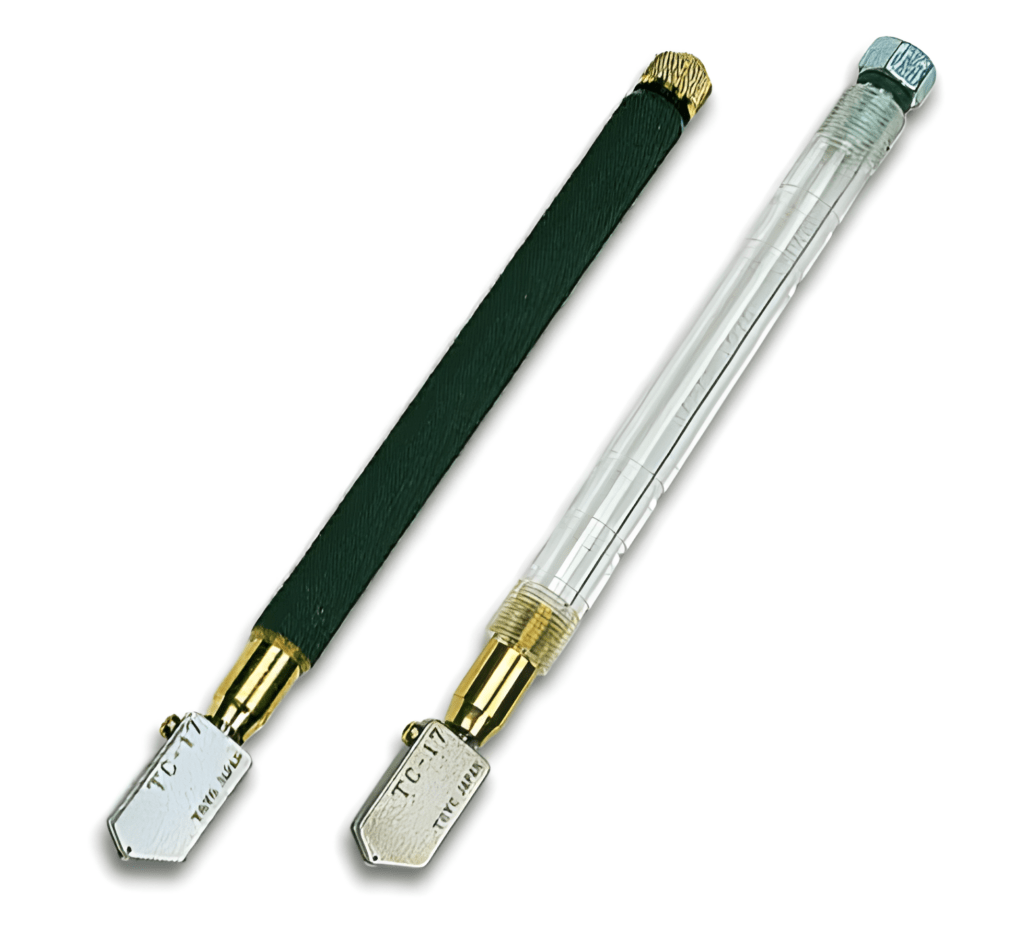
This oil-fed cutter is a favorite among stained glass artists due to its ergonomic pistol grip, which reduces hand fatigue during long cutting sessions. The self-lubricating carbide wheel ensures smooth, consistent scoring, making it ideal for both beginners and professionals. Its easy-to-control design provides a steady grip, making detailed cuts effortless.
2. Silberschnitt Carbide Wheel Cutter
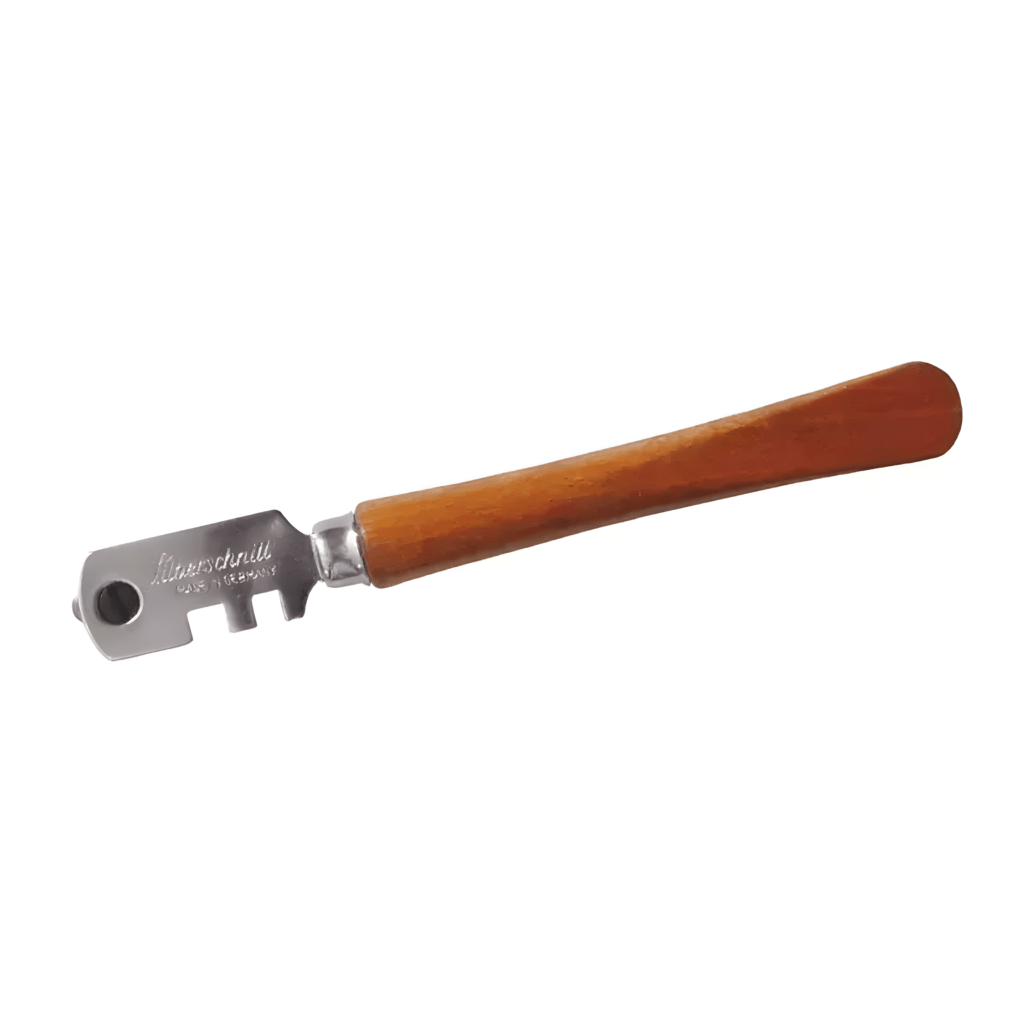
Known for its precision and durability, the Silberschnitt cutter is an excellent choice for artists who require fine, accurate scoring. The ultra-hard carbide wheel allows for smooth cutting, even on textured or coated glass. Its lightweight yet sturdy design makes it a reliable tool for detailed artistic projects.
3. Fletcher-Terry Glass Cutter
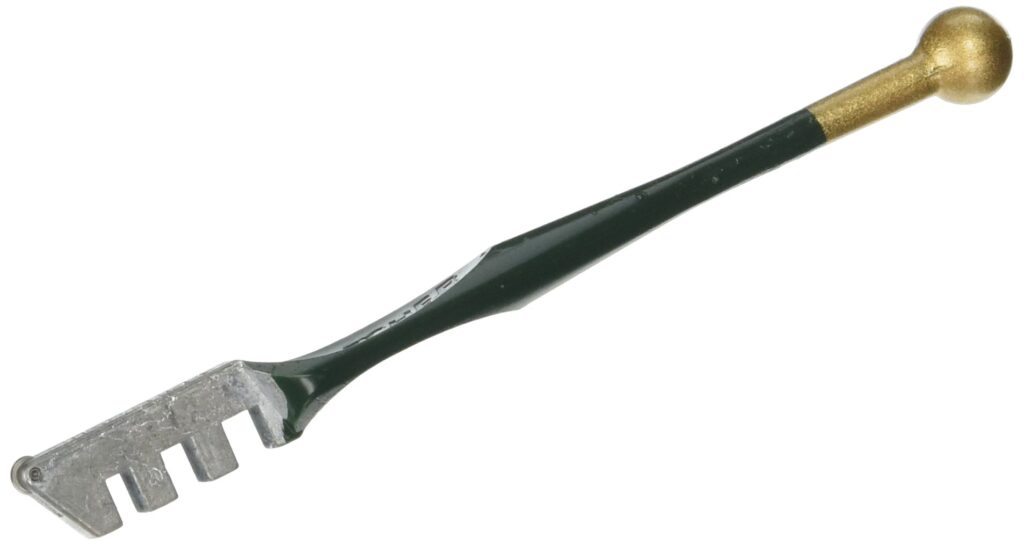
A trusted name in the industry, Fletcher-Terry offers a range of high-quality glass cutters. The professional-grade steel wheel ensures longevity and sharp scoring, while the comfortable grip provides stability for controlled cuts. This cutter is perfect for general glasswork and is often used by professionals in both art and industrial applications.
4. Gryphon Zephyr Ring Saw
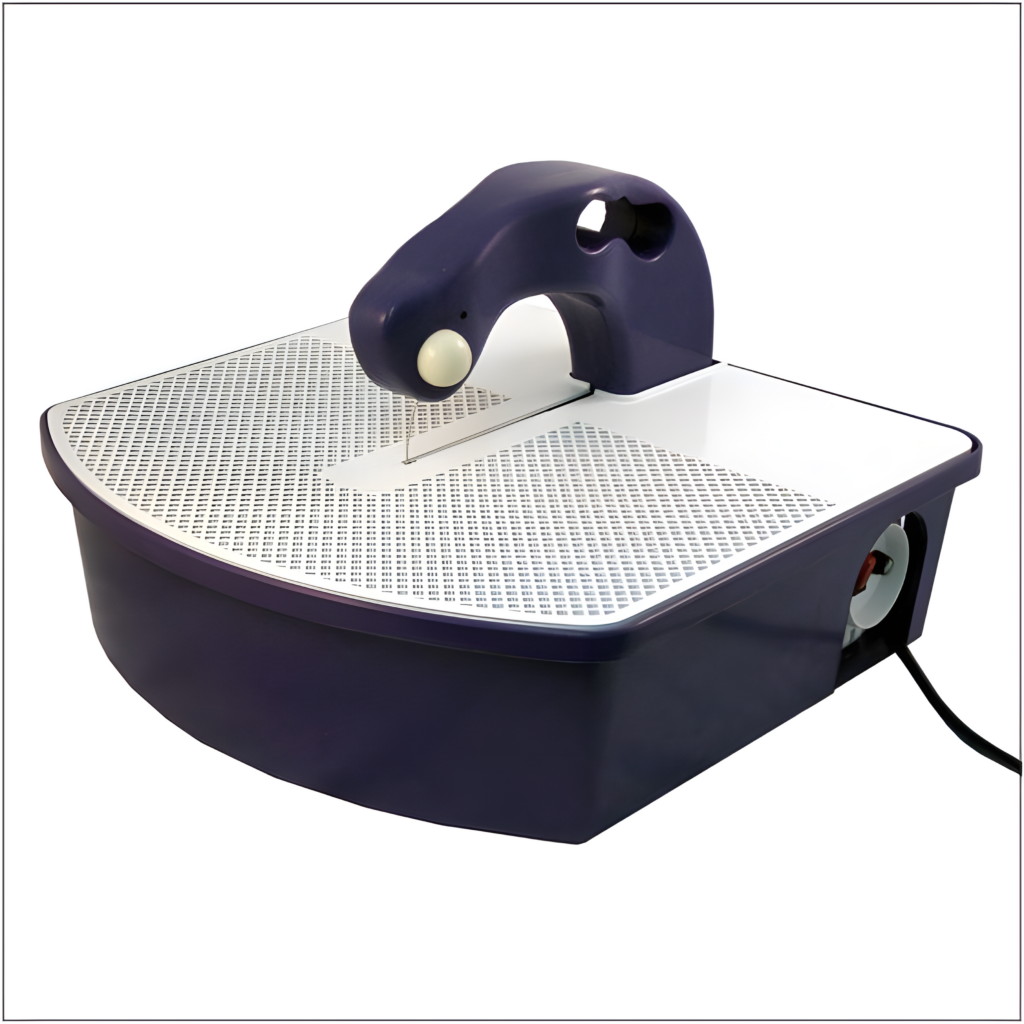
For artists working with intricate patterns and curved designs, the Gryphon Zephyr Ring Saw is a game-changer. Unlike traditional cutters, this saw allows for freeform cutting with extreme precision. The diamond-coated blade can cut through thick and delicate glass alike, making it ideal for complex stained glass projects and sculpture work.
5. Glass Star Supercutter
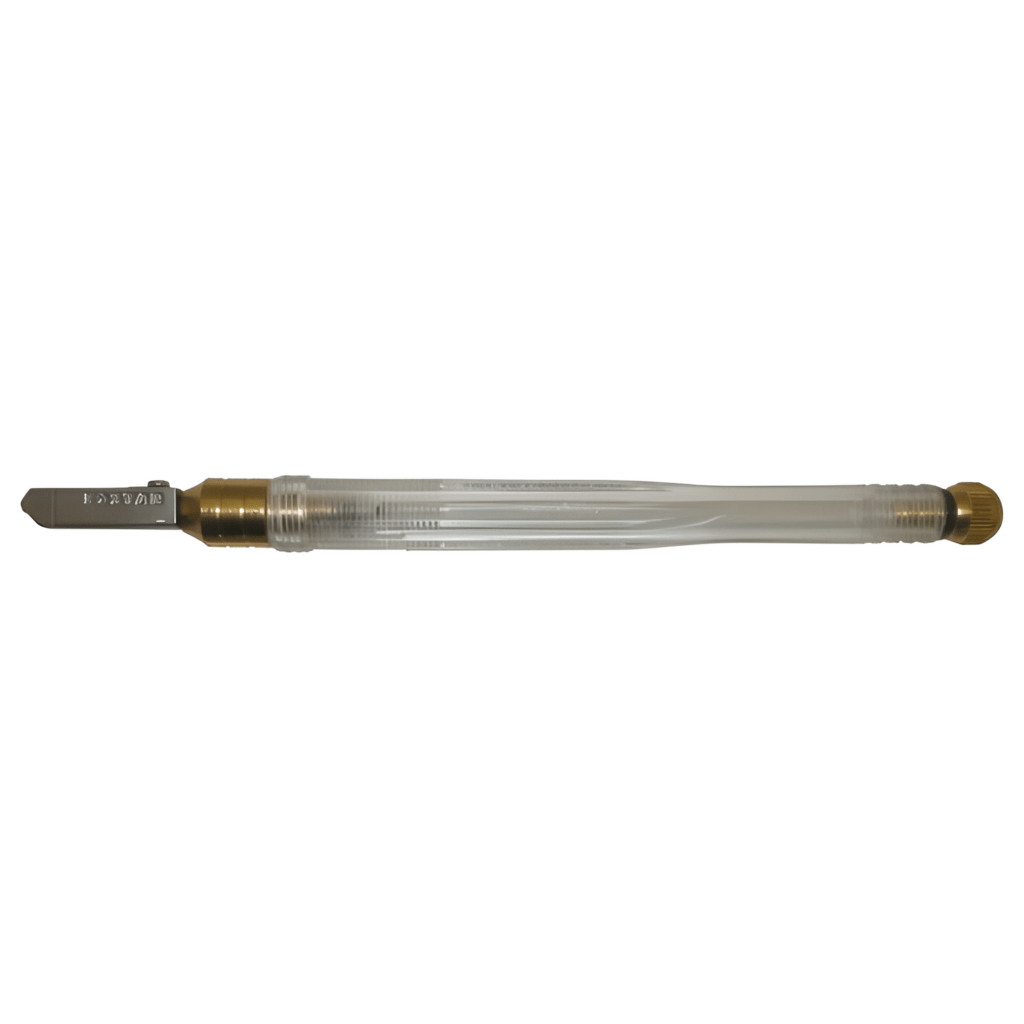
This oil-fed glass cutter is designed for smooth and effortless scoring, featuring a tungsten carbide wheel that stays sharp even with frequent use. The contoured grip and built-in lubrication system help artists achieve consistent cuts with minimal hand strain. It’s a great option for those who need a high-quality, reliable tool at a reasonable price.
Investing in the right glass cutting tools can elevate your artistry, ensuring precision, control, and efficiency in every project.
Safety Tips for Glass Cutting
Working with glass requires precision, but safety should always come first. Handling sharp edges and applying pressure to score and break glass can pose risks if proper precautions aren’t taken. Here’s how to protect yourself while achieving clean, accurate cuts.
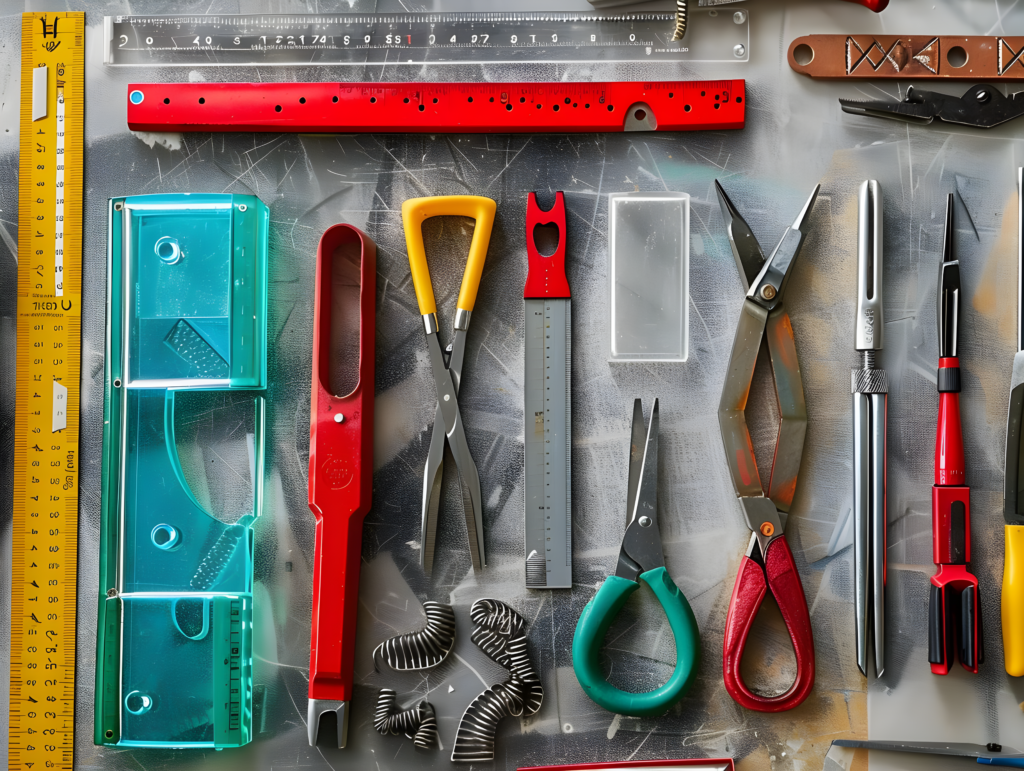
Wear Protective Gear
Glass shards and fine dust can cause injuries if they come into contact with your skin or eyes. Always wear safety goggles to prevent tiny glass fragments from getting into your eyes. Cut-resistant gloves can help protect your hands from sharp edges, but if you prefer bare-handed work for better control, be extra cautious when handling cut pieces. Long sleeves and closed-toe shoes add an extra layer of protection.
Use a Stable Work Surface
A sturdy, level workbench with a smooth, non-slip surface is essential for safe glass cutting. Any instability can cause glass to shift unexpectedly, increasing the risk of breakage and injury. A rubberized cutting mat or felt-covered surface helps prevent slipping and cushions the glass during scoring and breaking.
Handle the Cutter Correctly
Apply steady, even pressure when scoring the glass—too much force can cause uneven cuts or breakage, while too little may result in an incomplete score. Avoid going over the same line multiple times, as this weakens the glass unpredictably. If using an oil-fed cutter, ensure it’s properly lubricated to maintain smooth scoring and reduce friction.
Control Glass Breaks Carefully
Once the glass is scored, break it using controlled techniques. Running pliers or breaker-grozer pliers help apply even pressure along the score line for a clean break. If breaking by hand, use caution and grip the glass firmly on both sides of the score while applying gentle pressure. Never force a break—if a piece resists, re-score lightly rather than applying excessive pressure.
Keep Your Workspace Clean
Small shards and glass dust can accumulate quickly, posing a risk of cuts and contamination. Sweep up large pieces with a brush and dustpan rather than using your hands. Use a damp cloth or specialized glass vacuum to remove fine particles from the work area. Dispose of glass waste in a designated container with thick walls or a lined box to prevent punctures.
Store Glass and Tools Properly
When not in use, store glass sheets vertically in a secure rack to prevent accidental tipping. Keep cutting tools in a designated space, ensuring the cutting wheels and blades remain sharp and free from damage. Dull or damaged tools can cause rough scores, leading to unpredictable breaks and increased risk of injury.
By following these safety measures, you can work confidently and efficiently, focusing on your creativity without unnecessary risks.
Embrace the process, experiment with different techniques, and let your creativity shine through every cut.
Glass cutting is both an art and a skill, requiring precision, patience, and the right tools. Whether you’re crafting intricate stained glass pieces or designing sleek glass panels, mastering the cutting process can open up endless creative possibilities. By choosing high-quality tools, following essential safety measures, and refining your technique, you can achieve cleaner cuts and more professional results.
Every artist develops their own rhythm and style when working with glass, but the foundation remains the same—proper preparation, careful execution, and a mindful approach to safety. With practice and the right mindset, you’ll gain confidence in handling glass, transforming raw materials into stunning works of art.


